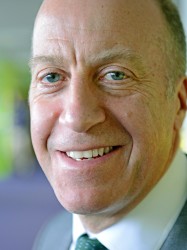BibTex format
@article{Falkenberg:2019:10.1103/PhysRevE.100.062406,
author = {Falkenberg, McGillivray M and Ford, A and Li, A and Lawrence, R and Ciacci, A and Peters, N and Christensen, K},
doi = {10.1103/PhysRevE.100.062406},
journal = {Physical Review E},
title = {Unified mechanism of local drivers in a percolation model of atrial fibrillation},
url = {http://dx.doi.org/10.1103/PhysRevE.100.062406},
volume = {100},
year = {2019}
}

